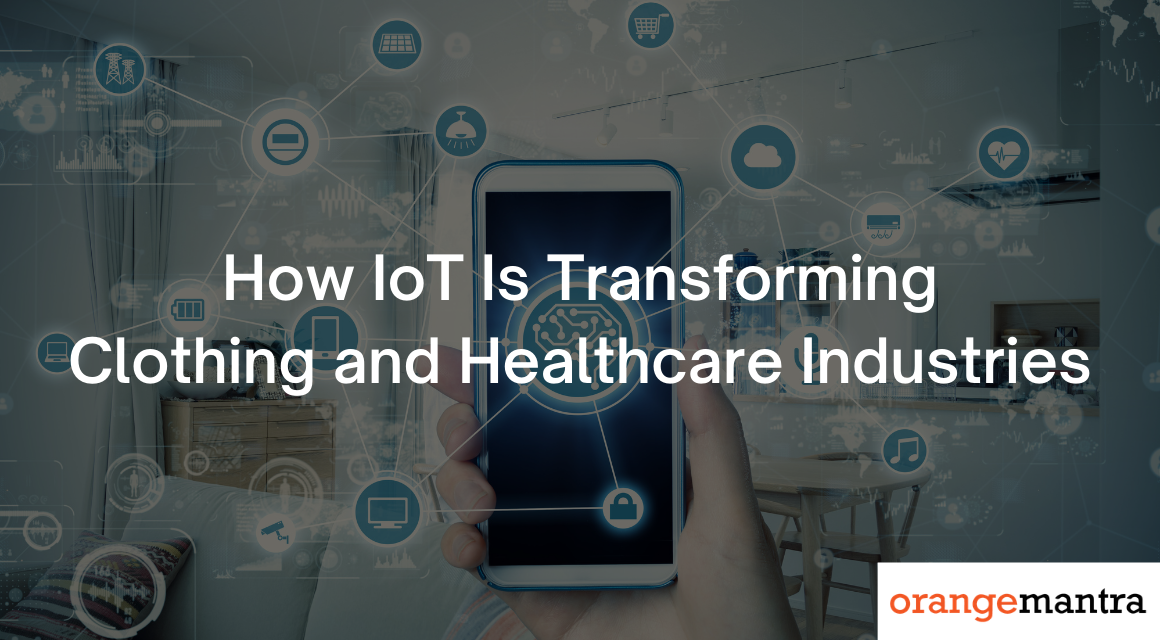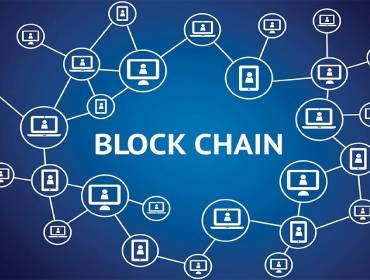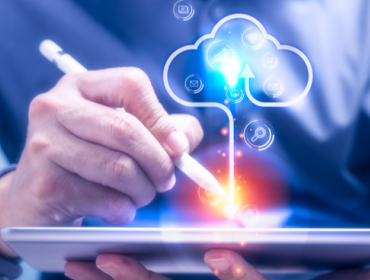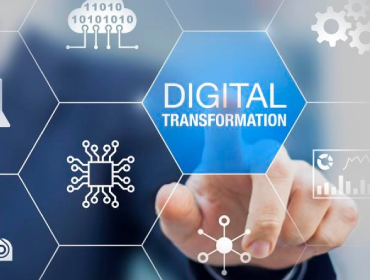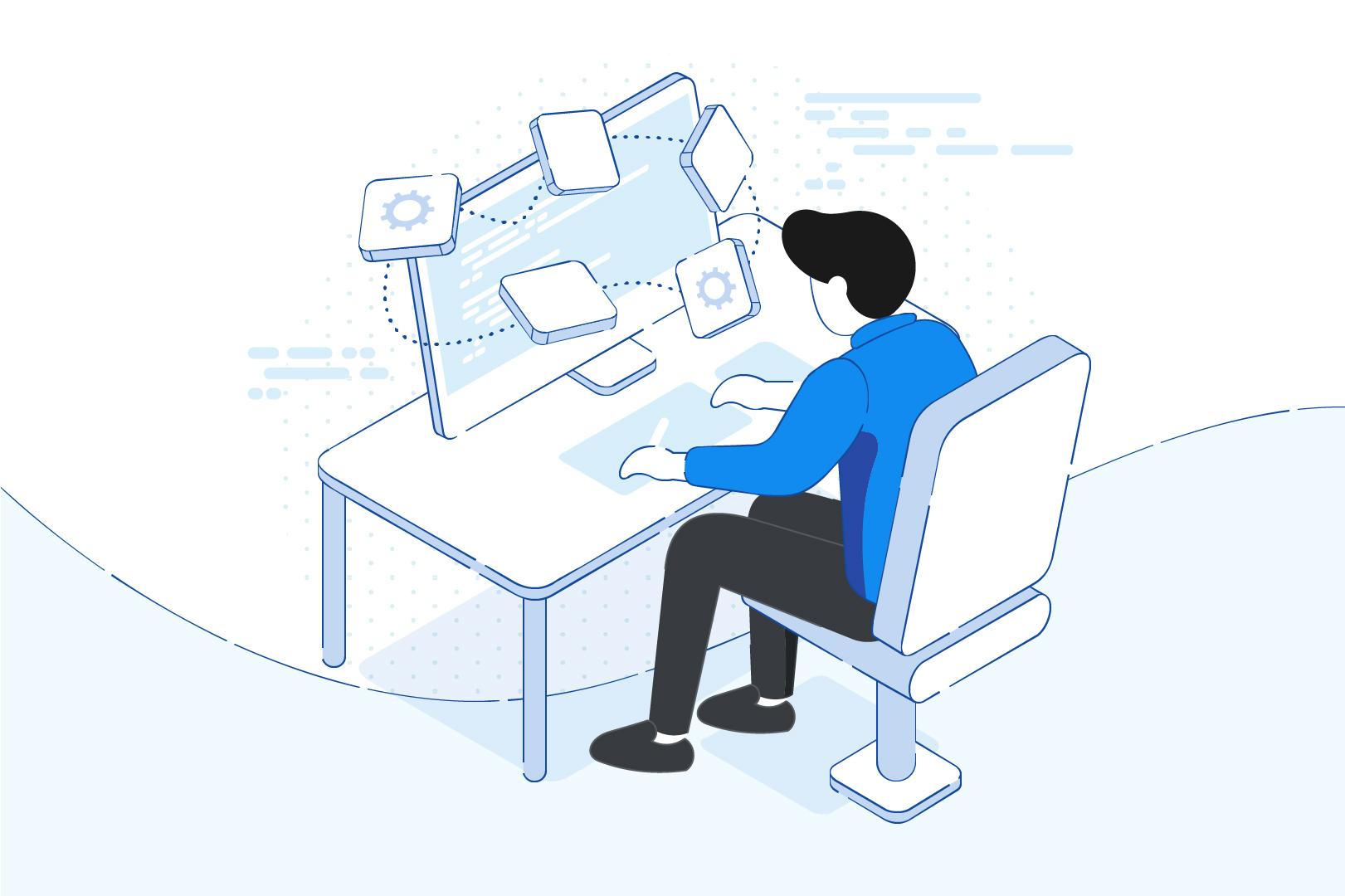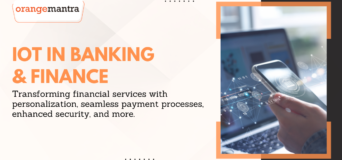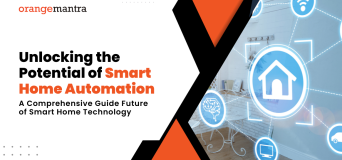Everything related to digital connectivity evolved dramatically in 2020. The Internet of Things (IoT) is no exception. With human-to-human interactions becoming risky, our relationships with technology solidified rapidly. And for technologies like IoT, the pandemic provided just the right environment to grow. Trends like IoT application development soared amid the wave of global lockdowns. More than a year into the pandemic, today almost every major industry relies on IoT in one way or another.
Clothing and healthcare are two of the industries that have used IoT on a large scale over the past years. These industries were experimenting with the internet of things even before the coronavirus. But the crisis enabled them to ramp up at an unprecedented scale. That’s why we’re seeing more and more IoT-enabled clothing and healthcare products. Below are the most striking trends in the adoption of IoT in clothing and healthcare.
IoT in Clothing and Healthcare
The Rise of Wearables
As the coronavirus forced most people to follow stay-at-home orders, fitness has become a concern for many. Some looked for ways to maintain physical activities. With the availability of more time at home, others started new fitness habits. All these trends meant a rise in the use of fitness equipment.
Wearables benefitted particularly from this growing interest in physical fitness. Since the beginning of the pandemic, sales of smartwatches, for instance, have surged. Brands like Fitbit and Apple Watch saw massive demands across the world. It also prompted a rise in wearable app development across industries.
Wearables like smartwatches provide an array of advantages. It makes tech-enabled devices easier to use, offers real-time fitness data, and redefines connectivity. Fitness-focused wearables monitor users’ activity levels, physiological conditions, and daily routines, among other things. Fitness-tracking wearables collecting data like sleep patterns, heartbeat, and activity levels. A flurry of tech startups is relying on fitness-tracking app development to expand their services.
Sensors-Powered Clothing
IoT has now evolved much beyond smartwatches. Next-gen IoT development tries to make wearables more comfortable and less visible. It has enabled tech-driven fashion brands to embed IoT in fashion accessories like bracelets, rings, belts, and eyeglasses.
At the same time, some fashion brands are betting big on IoT to create sensors-powered garments. With the rapid evolution of IoT devices, fashion designers can now embed sensors into fabrics. Such clothing products can collect immense volumes of data from the wearer. For instance, the sensors can monitor heart rate, blood pressure, and body temperature, among others.
With the right IoT application development services, you could easily convert the data into insights. Clothing-based wearables have unique medical significance. For instance, the health-tech startups Rhaeos developed a wearable that non-invasively monitors patients suffering from an accumulation of brain fluids.
IoT-Enabled Clothing for Infants & Elderly
The wellness and safety of a newborn are of prime concern for every parent. Getting up in the middle of the night to check the baby’s sleep, breathing patterns, etc., is a common practice. But IoT-enabled clothing for infants, that changes. Sensors-powered clothing enables new parents to track their child’s health in real-time. IoT apps allow you to monitor data collected by the sensors and get analytics as well. The New York-based startup, Nanit, for instance, has developed a wearable for infants to help new parents.
Likewise, wearable fabrics could also help nursing homes track elderly people’s health and fitness. Sensors and trackers, for example, could send alerts to the facility if a dementia patient wanders off. It frees care providers from round-the-clock manual monitoring of their residents. Such measures not just enhance the patients’ safety but also reduces operating costs of facilities.
IoT-Powered Futuristic Fashion
The internet of things is still at an early stage in the fashion industry. However, it’s evolving rapidly. And the fashion industry has long been known for redefining creativity and innovations. A new generation of fashion designers is already focusing more on comfort and wellness. That has also prompted a surge in the use of IoT and other technologies in fashion design. From AI-based designing to IoT-enabled clothing and AR/VR-based online retailing, technology is transforming fashion in many ways.
Wrapping Up
Trend watchers and tech experts believe that IoT would emerge as a more dominant transformative force in the clothing and healthcare industries. Healthcare solutions are already relying heavily on sensors and other emerging technologies. It has also triggered a rapid evolution in the development of healthcare devices based on cutting-edge software technologies. The clothing industry, at the same time, is exploring the wellness aspects more deeply using IoT-based solutions.
At OrangeMantra, we rely on a host of deeply evolved technologies to deliver the industry’s best IoT application development services to a diverse clientele. From fashion retail to healthcare and automotive, our IoT solutions have powered businesses across all major industries. Follow us on social media to stay informed about cutting-edge tech solutions.
Frequently Asked Questions
Q. What does IoT development mean?
IoT development means the use of the internet of things in developing software solutions. The components that make up most IoT devices include tags, sensors, embedded computers, and actuators. The development of embedded devices is becoming increasingly popular across industries. OrangeMantra offers IoT development services for all kinds of businesses.
Q. How much does it cost to build an IoT application?
The costs of developing an IoT app depend on several factors. Design elements, development time, the amount of data, etc. together determine the total cost. OrangeMantra offers reliable IoT app development services at market-best prices.
Q. Why is IoT is important in healthcare?
IoT enables healthcare providers to be more watchful and connected with the patients. IoT devices enable medical care professionals to identify the best treatment and accurately monitor recovery, among other things.
Q. How much does it cost to develop a healthcare IoT solution?
The cost of developing a healthcare IoT solution mainly depends on your requirements. It’s better to consult with experts to know the estimated cost of IoT solution development. OrangeMantra offers competitive pricing for all kinds of IoT solutions.
